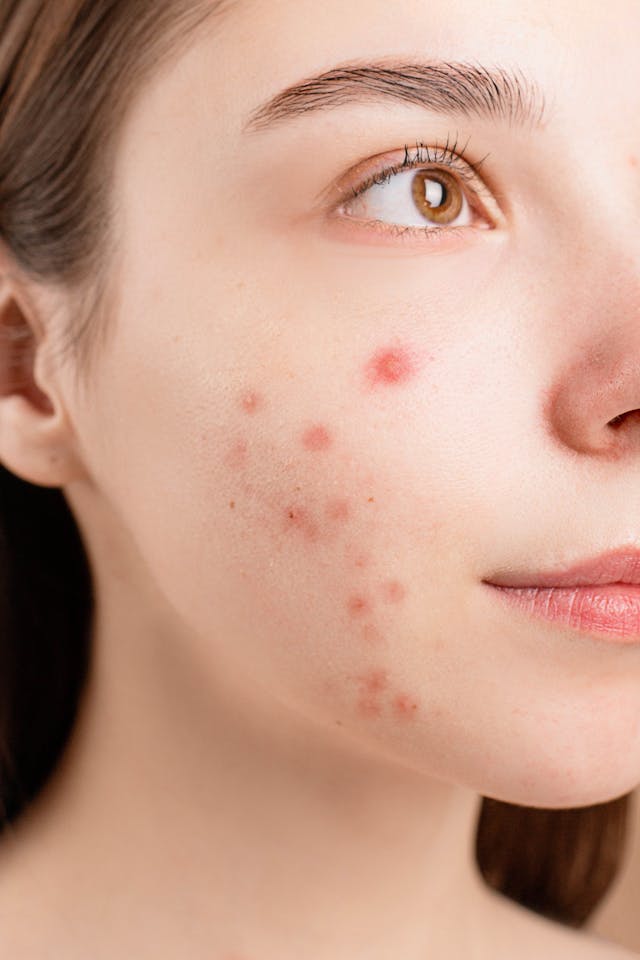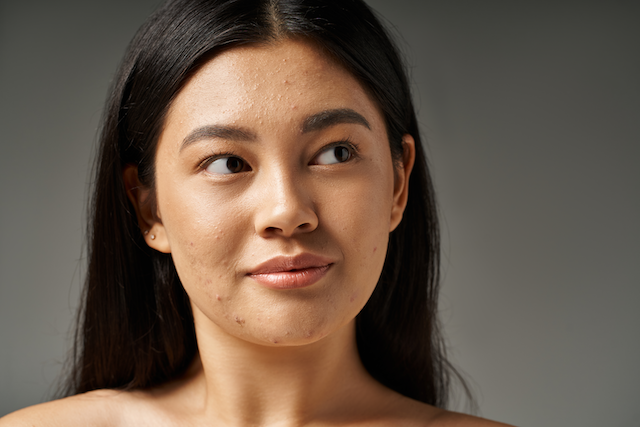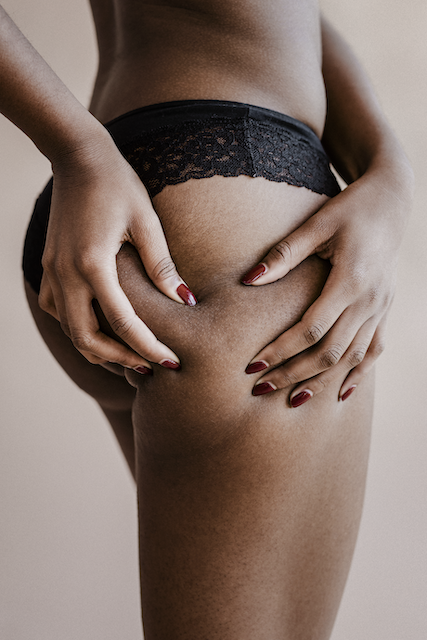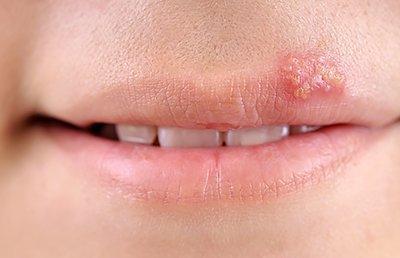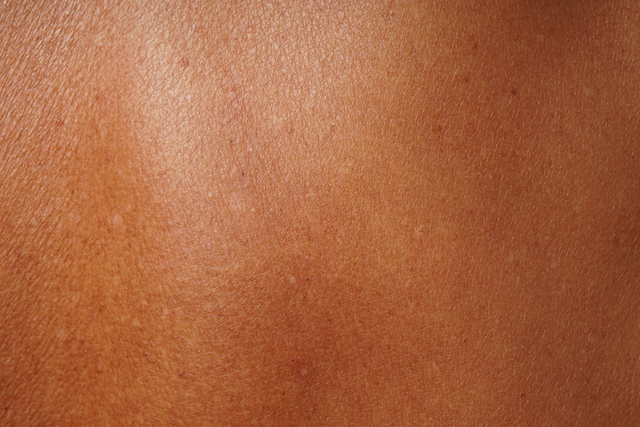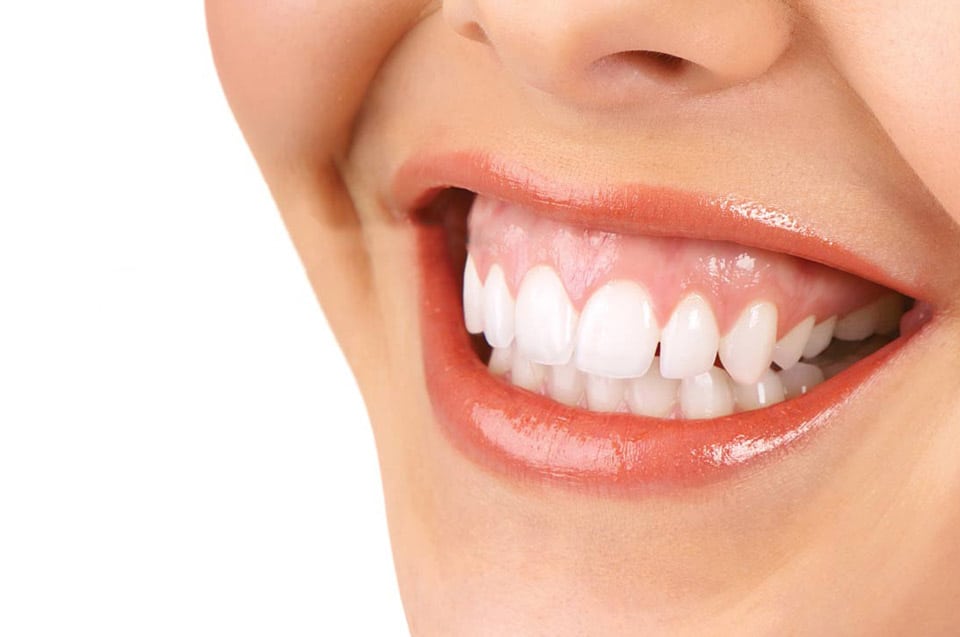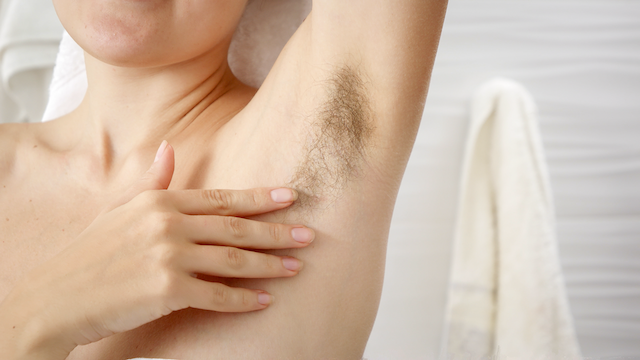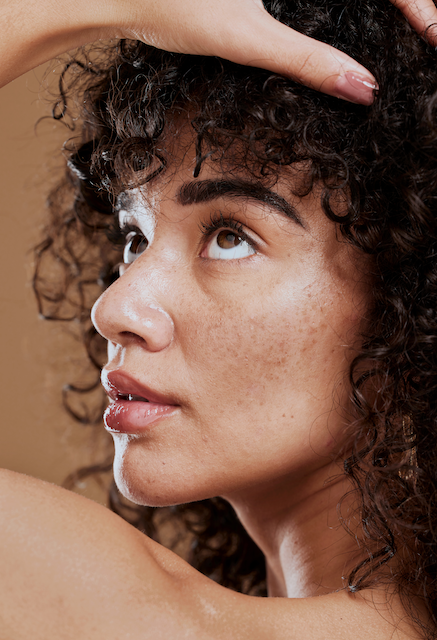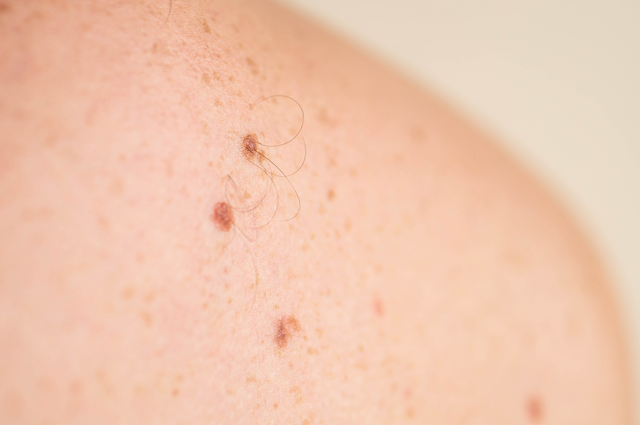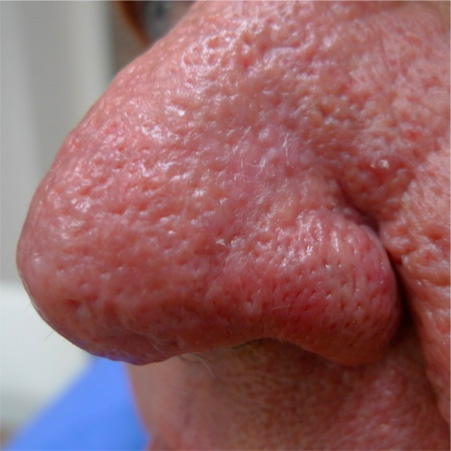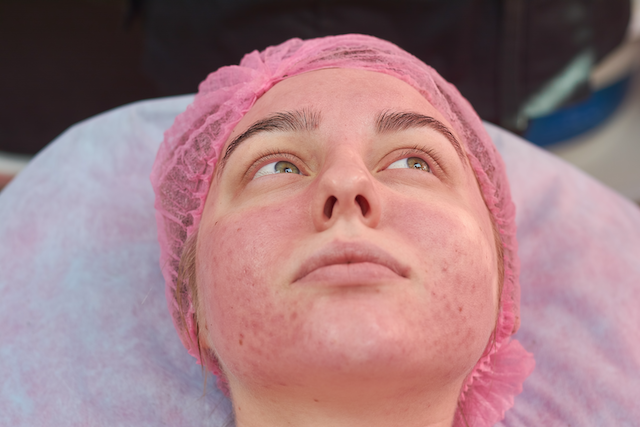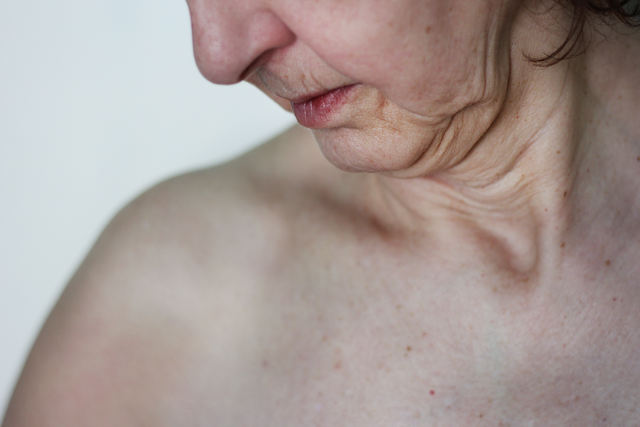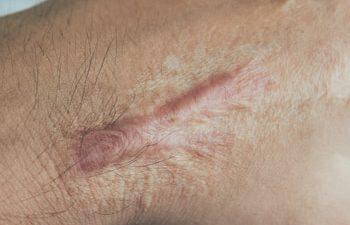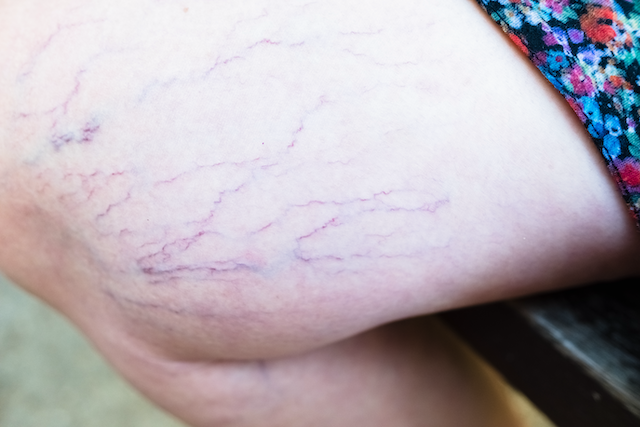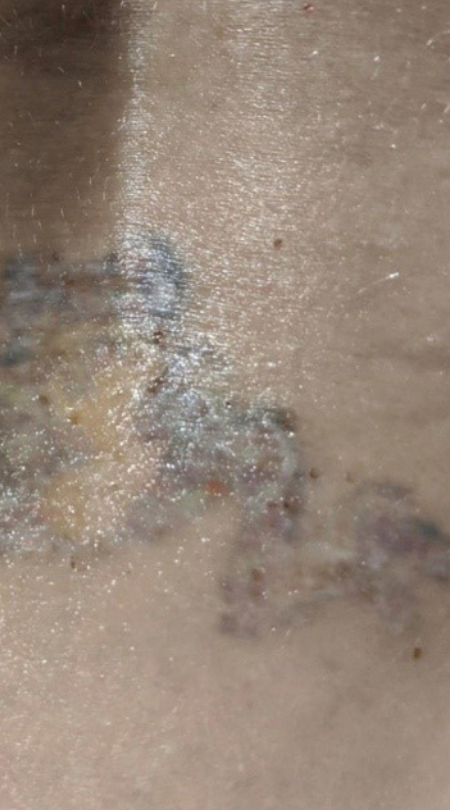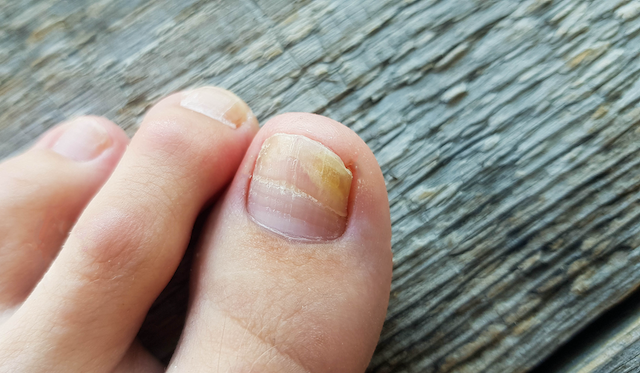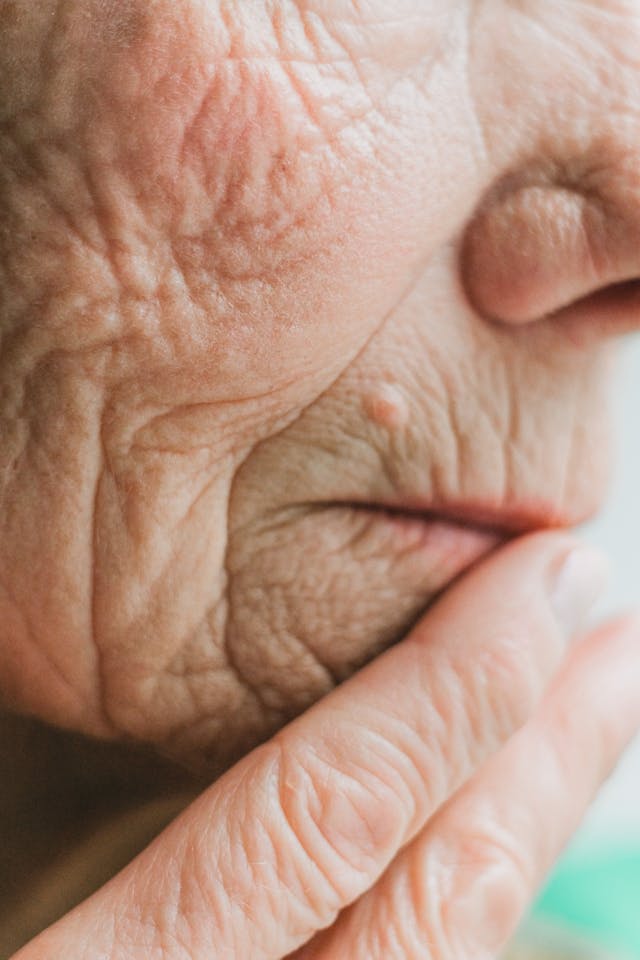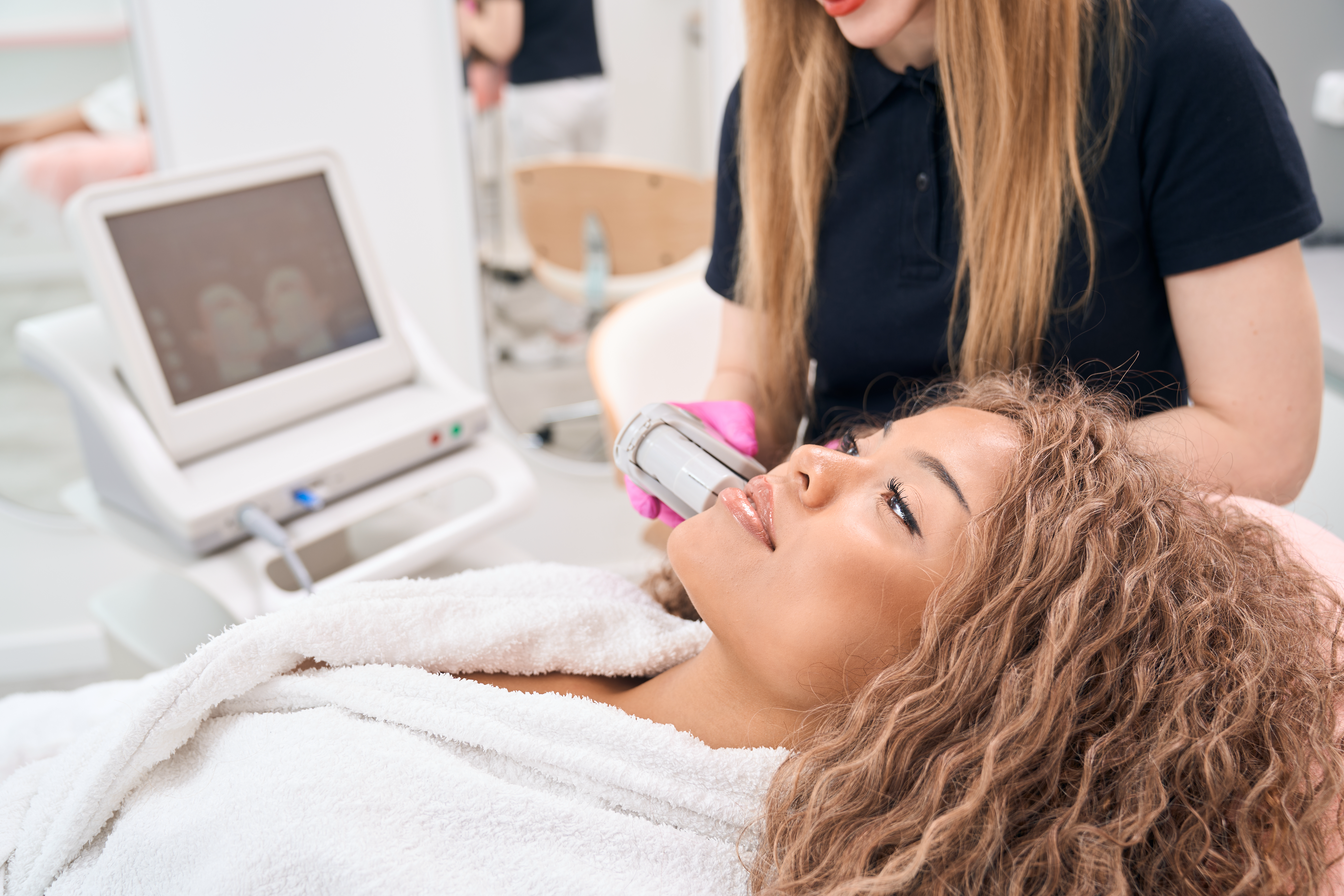
what we heal
Embrace Your Unique Skin: Understanding Common Concerns

Every person’s skin is a unique canvas, shaped by factors such as genetics, lifestyle, and environmental influences. While everyone’s skin tells its own story, some common issues can affect many, including acne, fine lines, uneven tone, and hyperpigmentation. Understanding these concerns is the first step toward achieving a healthy complexion. Whether you’re dealing with stubborn breakouts, the effects of aging, or discoloration, we are here to help you navigate your skin’s specific needs. By recognizing your unique challenges, we can tailor effective treatments that promote radiant, balanced skin, allowing your natural beauty to shine through!
Acne concerns encompass a range of issues, including active breakouts, acne-prone skin, cystic acne, and the scars they can leave behind. Active breakouts are characterized by pimples and inflammation that can be frustrating and painful. Acne-prone skin is more susceptible to frequent flare-ups, requiring careful management to maintain a balanced complexion. Cystic acne is a severe form of acne that results in deep, painful cysts beneath the skin, often leading to significant discomfort and emotional distress. Additionally, the scars left by acne can persist long after the breakouts have healed, impacting skin texture and appearance. Comprehending these issues is vital for effectively managing acne challenges and improving overall skin health.
Quick Approaches
- Erbium YAG Laser: For surface and superficial scars
- Photo Facial IPL: Prevention and treatment of acne
- RF Microneedling: Addressing deep scars
Blemishes refer to various marks, spots, or imperfections on the skin that can affect its overall appearance. Common types of blemishes include melasma, sun spots, dark spots from hyperpigmentation, and post-inflammatory marks left behind by previous breakouts. These imperfections can arise from a variety of factors, including sun exposure, hormonal changes, and skin irritation. Blemishes can vary in size, color, and texture, and they may affect individuals differently based on skin type and condition. Recognizing the characteristics of blemishes is key to effectively managing them and attaining clearer, healthier skin.
Quick Approaches
- Photo Facial IPL: Evens skin tone and improves texture
- Erbium YAG Laser: Resurfaces the skin
- RF Microneedling: Breaks up deep imperfections
Cellulite is a common skin condition characterized by a dimpled or lumpy appearance, usually found on the thighs, buttocks, and abdomen. It occurs when fibrous cellulite pulls the surface of the skin through the fat layer, leading to an uneven surface texture. While it is not harmful, many individuals seek ways to reduce its appearance for a smoother skin texture. Knowledge of cellulite is key to tackling related issues and finding ways to improve skin texture and overall confidence in one’s body.
Quick Approach
- RF Microneedling: Disrupts fibrous cellulite
A cold sore is a viral skin condition characterized by small, fluid-filled blisters that typically appear on or around the lips. It is caused by the herpes simplex virus type 1 (HSV-1) and progresses through several stages, including tingling, blistering, oozing, and scabbing. While cold sores are not dangerous, they can be painful and contagious, often reactivating due to triggers like stress, illness, or sun exposure. Understanding cold sores is essential for effective management, helping individuals reduce outbreaks, speed up healing, and maintain optimal skin health.
Quick Approach
- Red Light Therapy: Reduces inflammation and interferes with HSV-1 replication and reduces outbreaks
Discoloration and dullness of the skin are common concerns that can impact overall complexion and radiance. Discoloration may manifest as uneven skin tone, dark spots, or areas of hyperpigmentation caused by factors such as sun exposure, aging, or hormonal changes. This can lead to a lack of uniformity in the skin’s appearance. Dullness, on the other hand, is characterized by a lackluster, tired look, often resulting from factors like dehydration, stress, or an accumulation of dead skin cells. Both discoloration and dullness can make the skin appear less vibrant and youthful, highlighting the importance of addressing these issues for a brighter, more even-toned complexion.
Quick Approaches
- Photo Facial IPL: Stimulates collagen production and fades dark spots
- Erbium YAG Laser: Tightens and brightens the skin
- Mermaid Facial: Hydrates and firmer complexion
A gummy smile is a condition where an excessive amount of gum tissue is visible above the upper teeth when smiling. This can be caused by factors such as overactive upper lip muscles, excessive gum tissue, abnormal tooth eruption, or a short upper lip. While a gummy smile is not a medical concern, some individuals seek treatments for aesthetic reasons to achieve a more balanced and proportionate smile.
Quick Approach
- Neurotox: Relaxes the overactive muscles that lift the upper lip too high when smiling
Unwanted hair is a common concern that can affect individuals of all genders and ages. This condition typically manifests as excessive or undesirable hair growth in areas such as the face, underarms, legs, and bikini line. Factors contributing to unwanted hair include hormonal imbalances (PSOS), genetics, and certain medical conditions. Addressing unwanted hair is important for personal comfort and confidence, as individuals seek effective solutions to achieve smoother, hair-free skin.
Quick Approach
- Laser Hair Removal: Reduce hair
A common skin condition characterized by darkened areas or spots on the skin, resulting from an excess production of melanin. This condition can appear in various forms, including age spots, sun spots, and melasma, often influenced by factors such as sun exposure, hormonal changes, and inflammation. Hyperpigmentation can affect individuals of all skin types and tones, leading to uneven skin tone and a lack of uniformity in appearance. While it is not harmful, many seek ways to reduce its visibility for a clearer, more radiant complexion. Understanding hyperpigmentation is crucial for effectively addressing this issue and exploring suitable treatment options.
Quick Approaches
- Photo Facial IPL: Breaks down hyperpigmentation
- RF Microneedling: Promotes evenly toned skin growth
- Erbium YAG Laser: Effectively dissolves pigment in the skin
Keratosis refers to a group of skin conditions characterized by the development of thick, scaly patches or growths on the skin. The most common types include actinic keratosis, which results from sun damage and often appears as rough, red, or brown spots, and seborrheic keratosis, which is typically benign and can appear as raised, wart-like lesions in varying colors. These growths are generally harmless but can be a cosmetic concern for many individuals. Factors such as sun exposure, aging, and genetics can contribute to the development of keratosis. Recognizing keratosis is vital for understanding its features and choosing the right treatment options when necessary.
Quick Approaches
- Photo Facial IPL: Evens skin tone and helps the body release unnecessary growths
- RF Microneedling: Promotes evenly toned skin growth
- Erbium YAG Laser: Directly eliminates growth development
Rhinophyma is a skin condition characterized by the thickening and enlargement of the nose due to excess tissue growth. It is considered a severe subtype of rosacea and develops gradually, often affecting men over the age of 50. The condition causes the nose to become bulbous, red, and rough, with prominent pores and an uneven texture. While the exact cause is unknown, it is linked to chronic inflammation, genetics, and untreated rosacea.
Quick Approaches
- Photo Facial IPL: Safely deactivates excess blood vessels
- Erbium YAG Laser: Reduces sebaceous gland hyperactivity
- RF Microneedling: Deep collagen and elastin production (non-operative facelift)
Rosacea is a chronic skin condition characterized by facial redness, visible blood vessels, and sometimes small, pus-filled bumps. It commonly affects the central areas of the face, such as the cheeks, nose, and forehead, often leading to a flushed appearance. Triggers for rosacea can vary widely and may include sun exposure, stress, hot foods, alcohol, and temperature changes. While the exact cause of rosacea is not fully understood, it can be exacerbated by certain lifestyle factors and environmental conditions. Although rosacea is not harmful, it can affect self-esteem and quality of life. Understanding rosacea is essential for managing symptoms and exploring effective treatments to achieve a more even skin tone.
Quick Approaches
- Photo Facial IPL: Safely deactivates excess blood vessels
- RF Microneedling: Promotes evenly toned skin growth
- Erbium YAG Laser: Directly eliminates growth development
- Vascular and Pigemented Lesion: Treat exposed vein and blood circulation
Sagging skin, often referred to as ‘turkey neck’ when it affects the neck area, is a common concern that occurs as a natural part of the aging process. This condition is characterized by a loss of collagen and elastin, leading to loose, sagging skin. Factors contributing to sagging skin include decreased collagen production, sun damage, weight fluctuations, smoking, and certain dietary habits. Areas like the face, neck, and body are most commonly affected, leading to a less youthful appearance. Many individuals seek solutions for tightening and rejuvenating their skin to combat these visible signs of aging. We offer effective solutions in identifying prevention and treatment options that can help restore a firmer, more youthful look.
Quick Approaches
- Photo Facial IPL: Boost collagen and elastin
- Erbium YAG Laser: Elastin and collagen upkeep
- RF Microneedling: Deep collagen and elastin production (non-operative facelift)
- Neurotox: To soften light and address uneven texture
Scars are the body’s natural way of healing and replacing lost or damaged skin. They form when the dermis, the deep layer of skin, is injured, triggering the process of fibrosis (combination of collagen + fribrin) to repair the wound. This new tissue has a different texture and appearance than the surrounding skin, often resulting in a visible mark. Scars can vary in size, shape, and color depending on factors like the depth of the wound, skin type, and healing process. While some scars fade over time, they remain as a lasting sign of the body’s healing process.
Quick Approaches
- Photo Facial IPL: Boost collagen and elastin
- Erbium YAG Laser: Elastin and collagen upkeep
- RF Microneedling: Deep collagen and elastin production (non-operative facelift)
Spider veins are small, dilated blood vessels that appear close to the surface of the skin, often resembling thin, web-like patterns. Commonly found on the legs and face, they can vary in color from red to blue or purple. Factors contributing to the development of spider veins include genetics, hormonal changes, prolonged sitting or standing, and sun exposure. While they are generally harmless, many individuals find them cosmetically unappealing and seek treatment to improve their appearance. We want to help you recognize their causes and discover a variety of effective solutions that can reduce their visibility and enhance your overall skin tone, giving you a radiant look to look forward to.
Quick Approaches
- Vascular and Pigmented Lesion: Safely deactivates blood vessels
- Certain spider veins will require surgical intervention. We would be happy to provide recommendations for this insurance covered procedure as indicated.
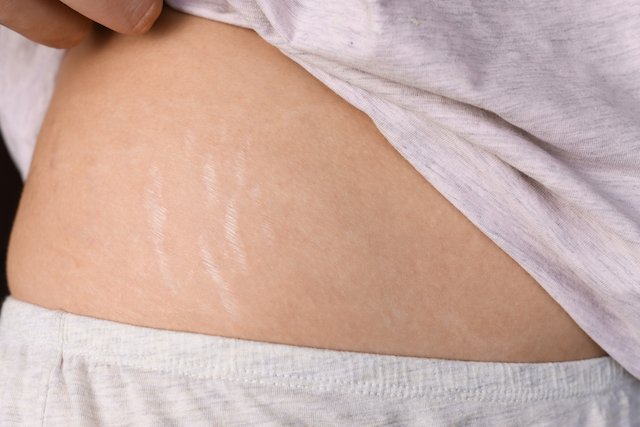
stretch marks
Stretch marks, also known as striae, are common skin conditions characterized by thin, streaky lines that can appear on various parts of the body, including the abdomen, thighs, hips, and breasts. They often develop due to rapid changes in size or weight, such as during pregnancy, puberty, or significant weight gain or loss. Stretch marks occur when the skin is stretched beyond its capacity, leading to a breakdown of collagen and elastin fibers. While they are not harmful, many individuals seek to reduce their appearance for cosmetic reasons. Identifying the causes of stretch marks is important for exploring various treatments that can effectively improve skin texture and tone, helping you achieve the smooth, confident skin you desire!
Approaches
- RF Microneedling: Breaks down scar tissue and promotes remodeling with fresh collagen and elastin
Tattoo removal is an innovative process designed to help you erase unwanted ink and reclaim your skin. Using advanced laser technology, this treatment targets and breaks down tattoo pigments, allowing your body to naturally eliminate them over time. Whether you’re looking to remove a regretful tattoo or simply want to make room for something new, tattoo removal offers a safe and effective solution with minimal discomfort.
Quick Approach
- Q-Switch Laser: Targets penetrates the skin and generating heat to destroy tattoo pigment without harming surrounding tissue
Toenail fungus, also known as onychomycosis, is a common condition that affects the nails, causing them to become thickened, discolored, brittle, or misshapen. It often develops due to a fungal infection that thrives in warm, moist environments, such as those found in shoes or public areas like pools and locker rooms. Factors like poor foot hygiene, wearing tight-fitting shoes, or a weakened immune system can increase the risk of developing this condition. While toenail fungus is generally not harmful, it can cause discomfort and self-consciousness. Understanding the causes and contributing factors is key to exploring effective treatments, helping you restore healthy, strong nails and regain confidence in your feet!
Quick Approach
- Q-Switch Laser: Targets penetrates the nail and generating heat to destroy fungal cells without harming surrounding tissue
Wrinkles are a natural sign of aging and are characterized by fine lines and creases that develop on the skin’s surface. They commonly appear on areas exposed to the sun, such as the face, neck, and hands, and can be influenced by factors like genetics, lifestyle choices, and environmental exposure. As we age, the skin loses collagen and elasticity, leading to the formation of wrinkles. Other contributing factors include repetitive facial movements, smoking, and dehydration. While wrinkles are a normal part of the aging process, many people seek ways to reduce their appearance and maintain a youthful complexion. Understanding wrinkles is essential for identifying effective prevention and treatment options that can enhance skin texture and resilience.
Quick Approaches
- Photo Facial IPL: Boost collagen and elastin
- Erbium YAG Laser: Elastin and collagen upkeep
- RF Microneedling: Deep collagen and elastin production (non-operative facelift)
- Mermaid Facial: Improve skin texture and hydration

Stay Up to date
Stay connected with us on social media to be the first to know about our latest updates, exclusive offers, and exciting news! Follow us for real-time insights and join our community to never miss a beat.

